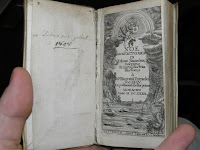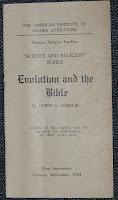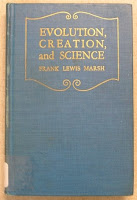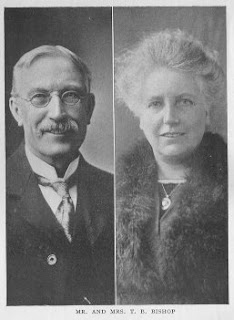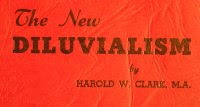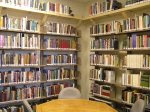From the Library: Hunter's Elements of Biology
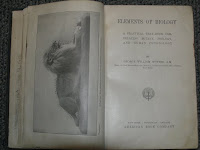
For those just joining us, "From the Library" spotlights interesting items in the library of the Center for Origins Research at Bryan College . While browsing in a local antique mall in Dayton recently, I stumbled upon a bookcase full of old textbooks. To my delight, I found George William Hunter's 1907 Elements of Biology , the predecessor to his 1914 textbook A Civic Biology that featured prominently in the famous Scopes trial. Best part? It was only $2. I love a good bargain. I've only briefly skimmed the book, but it appears that the concept of evolution occupies a much lower place in this volume than in A Civic Biology . That's not to say that the later textbook covered evolution in great detail. Evolution appears briefly in A Civic Biology when classification and heredity are discussed. In Elements of Biology , evolution appears to be barely mentioned. On page 7 of the introduction we read, "In the second half year the so-called evolutio...


